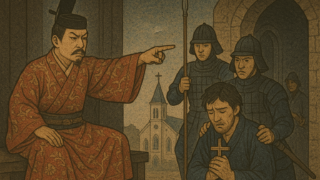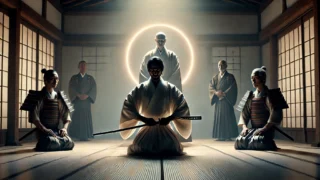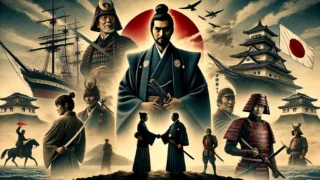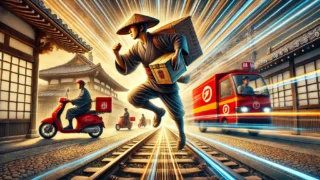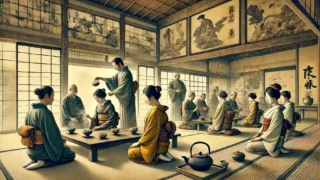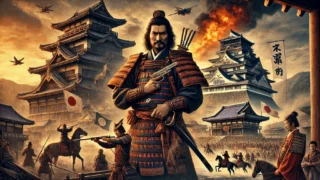Sakamoto Ryoma: The Revolutionary Samurai Who Ran Through the Blood and Chaos of the Bakumatsu Era
The sound of clashing swords echoed through the streets, and the smell of blood filled the air.Japan was descending into chaos.In 1853, Commodore Perry’s Black Ships arrived in Japan, shattering the country’s long-standing isolation policy.Two factions emerged in response to this crisis: the Sonno Joi (Revere the Emperor, Expel the Barbarians) faction, which sought to drive out foreigners, and another faction that abandoned the idea of expelling foreigners but still aimed to restore imperial rule. The struggle between these groups led to assassinations, purges, and political schemes that plunged Japan into turmoil.In Choshu, the Shogunate’s military cracked down on anti-government rebels, leaving the region in ruins. Meanwhile, in Kyoto, assassins roamed the city, cutting down enemies in the name of protecting the emperor.The Bakumatsu era (mid-to-late 19th century) was a time when yesterday’s friends could become today’s enemies.Amidst this chaos, one man looked beyond the bloodshed and saw the future of Japan.That man was Sakamoto Ryoma, a revolutionary samurai who sought to unite Japan’s warring factions and usher in a new era.
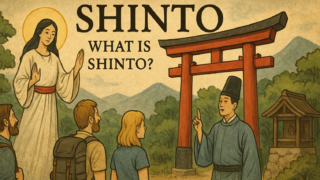 Culture&Tradition
Culture&Tradition 
